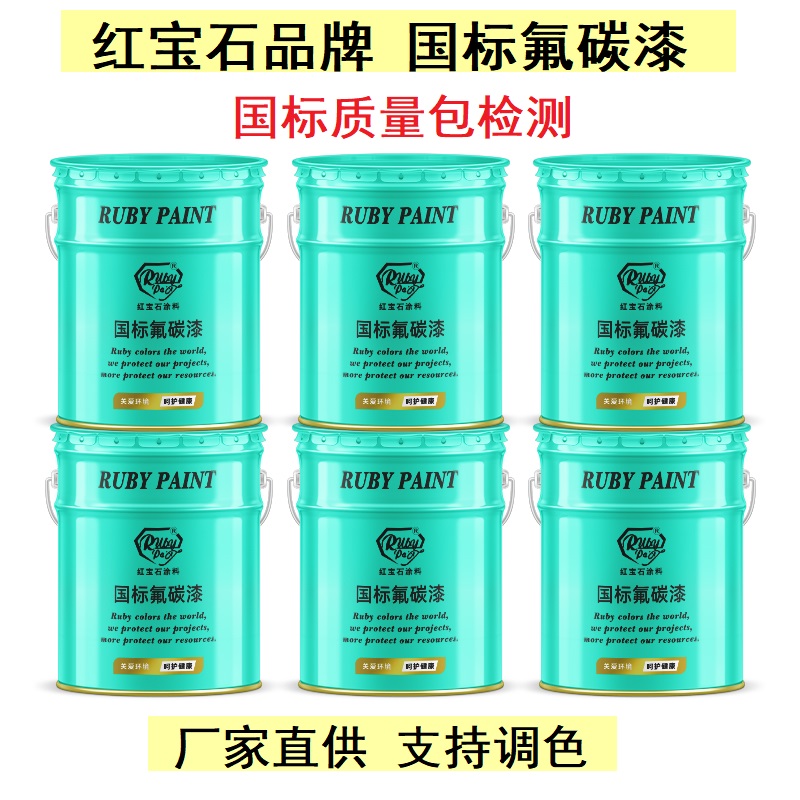Table of Contents
Pros and Cons of Painting Over Alkyd Paint
Alkyd paint is a popular choice for many homeowners and professionals due to its durability and smooth finish. However, there may come a time when you want to change the color of a surface that has been previously painted with alkyd paint. The question then arises: can you paint over alkyd paint?
| No. | Article Name |
| 1 | Industrial paint |
The short answer is yes, you can paint over alkyd paint. However, there are some important factors to consider before doing so. One of the main considerations is the condition of the existing alkyd paint. If the paint is in good condition, meaning it is not peeling, cracking, or chipping, then you can proceed with painting over it.
Before starting the painting process, it is important to properly prepare the surface. This includes cleaning the surface to remove any dirt, dust, or grease that may be present. You may also need to Sand the surface lightly to create a rough texture for the new paint to adhere to. Additionally, it is recommended to apply a primer before painting over alkyd paint to ensure proper adhesion and a smooth finish.
One of the advantages of painting over alkyd paint is that it can save time and money. Instead of completely stripping the old paint and starting from scratch, you can simply apply a new coat of paint to achieve the desired look. This can be especially beneficial if the existing alkyd paint is in good condition and only needs a color change.
Another advantage of painting over alkyd paint is that it can provide a uniform and professional finish. Alkyd paint is known for its smooth and glossy appearance, and painting over it can help maintain that look. Additionally, alkyd paint is resistant to moisture and stains, so painting over it can help protect the surface from damage.
However, there are also some potential drawbacks to painting over alkyd paint. One of the main concerns is that the new paint may not adhere properly to the existing alkyd paint, leading to peeling or chipping. To prevent this, it is important to properly prepare the surface and use a high-quality primer before painting.
Another potential drawback is that painting over alkyd paint may result in a thicker paint layer, which can affect the overall appearance of the surface. This is especially true if multiple coats of paint are applied. To avoid this, it is recommended to use thin coats of paint and allow each coat to dry completely before applying the next.
In conclusion, painting over alkyd paint is possible, but it requires proper preparation and attention to detail. By taking the time to clean and prime the surface, you can achieve a professional and long-lasting finish. While there are some potential drawbacks to consider, the benefits of painting over alkyd paint may outweigh the risks. Ultimately, the decision to paint over alkyd paint will depend on the condition of the existing paint and your desired outcome.
Tips for Successfully Painting Over Alkyd Paint
Alkyd paint is a popular choice for many homeowners and professionals due to its durability and smooth finish. However, there may come a time when you want to change the color or update the look of a room that has been previously painted with alkyd paint. The question then arises: can you paint over alkyd paint?
The short answer is yes, you can paint over alkyd paint. However, there are a few important steps to take to ensure that the new paint adheres properly and provides a long-lasting finish. Here are some tips for successfully painting over alkyd paint.
First and foremost, it is crucial to properly prepare the surface before applying any new paint. This includes cleaning the walls thoroughly to remove any dirt, dust, or grease that may have accumulated over time. A solution of warm water and mild detergent can be used to clean the walls, followed by a thorough rinse with clean water. Once the walls are clean and dry, any loose or peeling paint should be removed using a scraper or sandpaper.
After the walls have been cleaned and prepped, it is important to prime the surface before applying the new paint. A high-quality bonding primer specifically designed for use on alkyd paint should be used to ensure proper adhesion of the new paint. The primer should be applied evenly and allowed to dry completely before proceeding with the topcoat.

When selecting a new paint color to go over alkyd paint, it is important to choose a high-quality paint that is compatible with alkyd surfaces. Acrylic latex paint is a good choice for painting over alkyd paint, as it provides excellent adhesion and durability. It is also important to choose a paint finish that is suitable for the room being painted, such as satin or semi-gloss for high-traffic areas like kitchens and bathrooms.
When applying the new paint, it is important to use the proper tools and techniques to achieve a smooth and even finish. A high-quality paintbrush or roller should be used to apply the paint in thin, even coats. It is important to allow each coat to dry completely before applying the next coat to prevent streaks or uneven coverage.
In conclusion, painting over alkyd paint is possible with the right preparation and techniques. By properly cleaning and priming the surface, choosing a high-quality paint, and using the proper tools and techniques, you can achieve a professional-looking finish that will last for years to come. Whether you are updating the look of a room or simply changing the color, painting over alkyd paint can be a successful and rewarding project.
